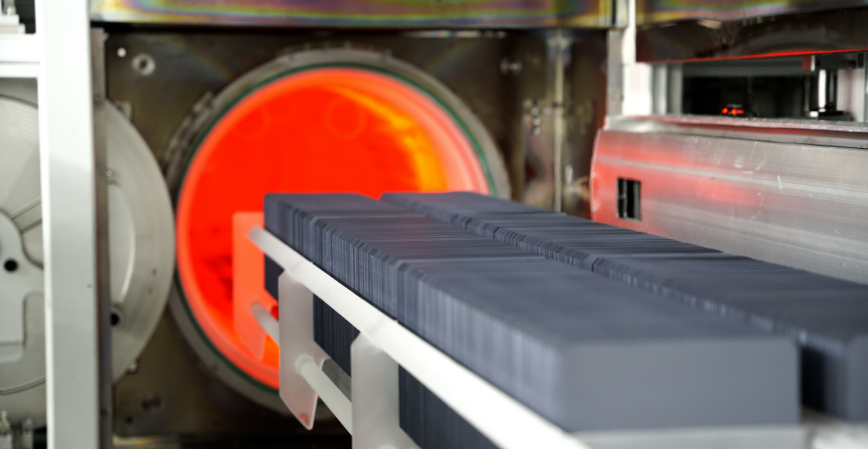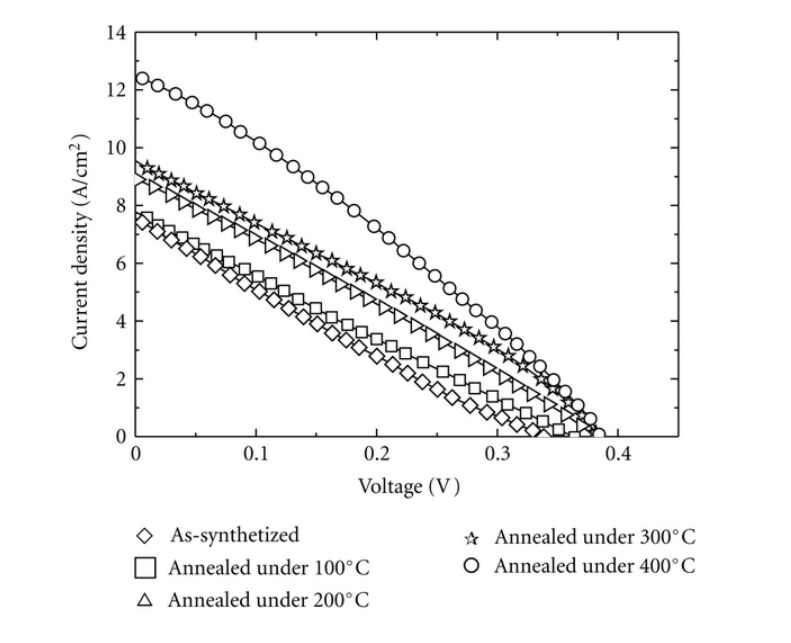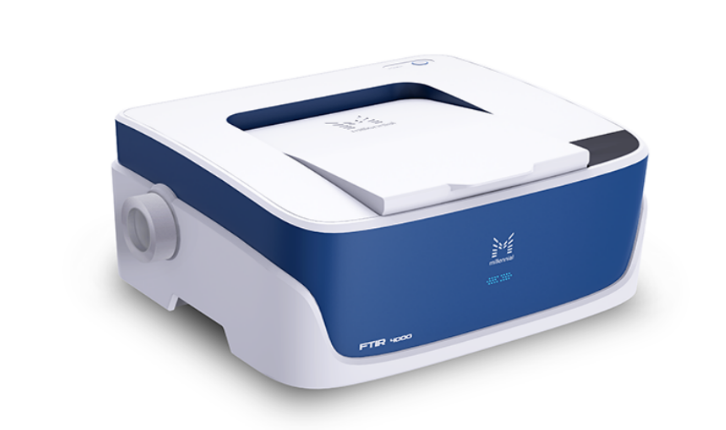
Quantum Efficiency Tester
PL/EL Integrated System
PV-Reflectumeter
3D Confocal Microscope
In-Line Four Point Probe Tester
Four Point Probe Tester
In-Line Thin Film Thickness Tester
Raman Spectrometer
FTIR Spectrometer
Spectrophotometer
Automatic Spectroscopic Ellipsometer
Contact Resistance Tester
Ultra depth of field 3D microscope
Auto Visual Tester
VMM PV Vision Measuring Machine
Solar Cell Horizontal Tensile Tester
Steady State Solar Simulator for Solar Cell
Solar Cell UV Aging Test Chamber
Solar Cell Comprehensive Tensile Tester
Visual Inspection Tester
Wet Leakage Current Tester
PV Module EL Tester
PV Module UV Preconditioning Chamber
Steady State Solar Simulator for PV Module
Current Continuous Monitor
Potential Induced Degradation Test
Bypass Diode Tester
LeTID Test System
Reverse Current Overload Tester
Impulse Voltage Tester
Hipot Insulation Tester
Ground Continuity Tester
Hipot Insulation Ground Tester
Damp Heat Test Chamber
Humidity Freeze Test
Thermal Cycle Test Chamber
Dynamic Mechanical Load Tester
Static Mechanical Load Tester
Hail Impact Tester
Robustness of Termination Tester
Module Breakage Tester
Cut Susceptibility Tester
Peel Shear Strength Tester
Universal Testing Machine (Single-arm)
Universal Testing Machine (Double-arm)
Glass Transmittance Tester
Acetic Acid Test Chamber
EVA Degree of Crosslinking Test System
Junction Box Comprehensive Tester
Drop ball tester
Semi-automatic scanning four-probe tester
Stylus Profilometer
Maximum Power Point Tracker
Perovskite Glass Transmittance Tester
Perovskite P1 Laser Scribing Multifunctional Testing Machine
Perovskite Online PL Tester
Perovskite Online Sheet Resistance Tester
Online Perovskite Film Thickness Tester
Perovskite Process Inspection Workstation
Portable IV Curve Tester
Portable EL Tester
Portable Thermal Imaging Tester
Solar Module Multi-Channel Testing System
PV Inverter Power Quality Tester
Drone EL Tester
IV Tester
IVEL Cell Sorting Machine
Crystalline Silicon Solar Cell Production Process - High Temperature Annealing
Date : 2023-09-26Views : 110
In the production process of crystalline silicon solar cells, high-temperature annealing can optimize the lattice structure of the cell surface through high-temperature treatment, thereby improving the light transmittance and conductivity of the crystalline silicon solar cells after ion implantation. The FTIR Spectrometer owned by Millennial Solar can obtain information on the microstructure of crystalline silicon solar cells and understand the passivation status of the cells after ion implantation based on the obtained H content, thereby helping photovoltaic cell manufacturers to successfully ensure the performance of the cells.

![]()
What is high temperature annealing of crystalline silicon solar cells?
High-temperature annealing of crystalline silicon solar cells is a very important step in the solar cell production process. It mainly uses high-temperature treatment to optimize the surface lattice structure of the cell and improve the surface transmittance and conductivity of the cell,thereby improving the photoelectric conversion rate of crystalline silicon solar cells. Crystalline silicon solar cells that have undergone high-temperature annealing processes have higher performance and higher photoelectric conversion stability than ordinary solar cells.
![]()
High Temperature Annealing Process Principle
The principle of the high-temperature annealing process of solar cells is to change the internal structure of the cell through high-temperature treatment, thereby making the surface of the solar cell more conducive to light absorption and increasing the light transmittance of the photovoltaic cell. During the annealing process, due to the heat absorbed by the cell surface, the cell structure changes, thereby affecting the electrical and mechanical properties of the cell.

At the same time, the high-temperature annealing process will also affect the microstructure of the solar cell and remove the internal lattice defects. The reason is that at high temperatures, the diffusion rate of lattice defects will increase as the temperature increases. Therefore, the high-temperature annealing process can directly improve the performance of solar cells, increase their service life and photoelectric conversion rate.
![]()
High Temperature Annealing Process
Before starting the annealing process, the surface of the cells needs to be cleaned first. In order to prevent the surface of the cells from being damaged, a solution that is not too strong needs to be used during the cleaning process and put the cells in a light-shielding bag to prevent them from being exposed to light and affecting the performance of the cells.

Effect of annealing at different temperatures on photovoltaic cell performance
The annealing processes of solar cells are commonly used atmosphere annealing and rapid thermal annealing. Atmosphere annealing refers to annealing performed in a specific atmosphere, usually nitrogen or hydrogen. Rapid thermal annealing uses rapid heating technology to heat the cell to a high temperature in a short period of time and then cool it quickly. The control of time and temperature during annealing is crucial, and the selection of temperature and time will vary depending on the cell. Generally speaking, the commonly used temperature will be controlled at 400-600℃, and the time will be controlled at about 5-20 minutes. In addition, annealing requires precise control of temperature and time to ensure the performance of solar cells.
After completing the annealing, the solar cell needs to be tested for effectiveness to ensure the qualification of the annealing process. The main test is the performance parameters of the solar cell. At the same time, the surface and structure of the solar cell also need to be inspected to ensure whether there are any damages and defects, which will affect the subsequent process of the cell and cell performance.
![]()
Millennial FTIR Spectrometer

E-mail: market@millennialsolar.cn
Millennial FTIR Spectrometer is a powerful device for studying the relationship between various molecules in the infrared band or absorption radiation patterns and molecular structure. It is mainly used for the analysis of material structure.
The relationship between various vibration modes and structures of local atoms or atomic groups in solid materials can also be studied to obtain information on the local structure of the measured object.
●Calculate R structure factor and H content with one click
●Super large spectral range up to 7800~350cm-1
●Spectral wave number accuracy is better than 1.0cm-1, wave number repeatability is better than 0.1cm-1
●Imported high-sensitivity DLATGS detector, light transmittance accuracy ≤0.5T
●Saving labor, easy to operate, greatly improving work efficiency
High-temperature annealing is an important process that directly affects the transmittance and conductivity of solar cells. The emergence of high-temperature annealing technology has laid a solid performance foundation for solar cells in the production process. The FTIR Spectrometer produced by Millennial Solar can efficiently detect the passivation of solar cells after high-temperature annealing, and provide intuitive data analysis for battery manufacturers, thereby helping them produce higher-quality solar cells!

































































